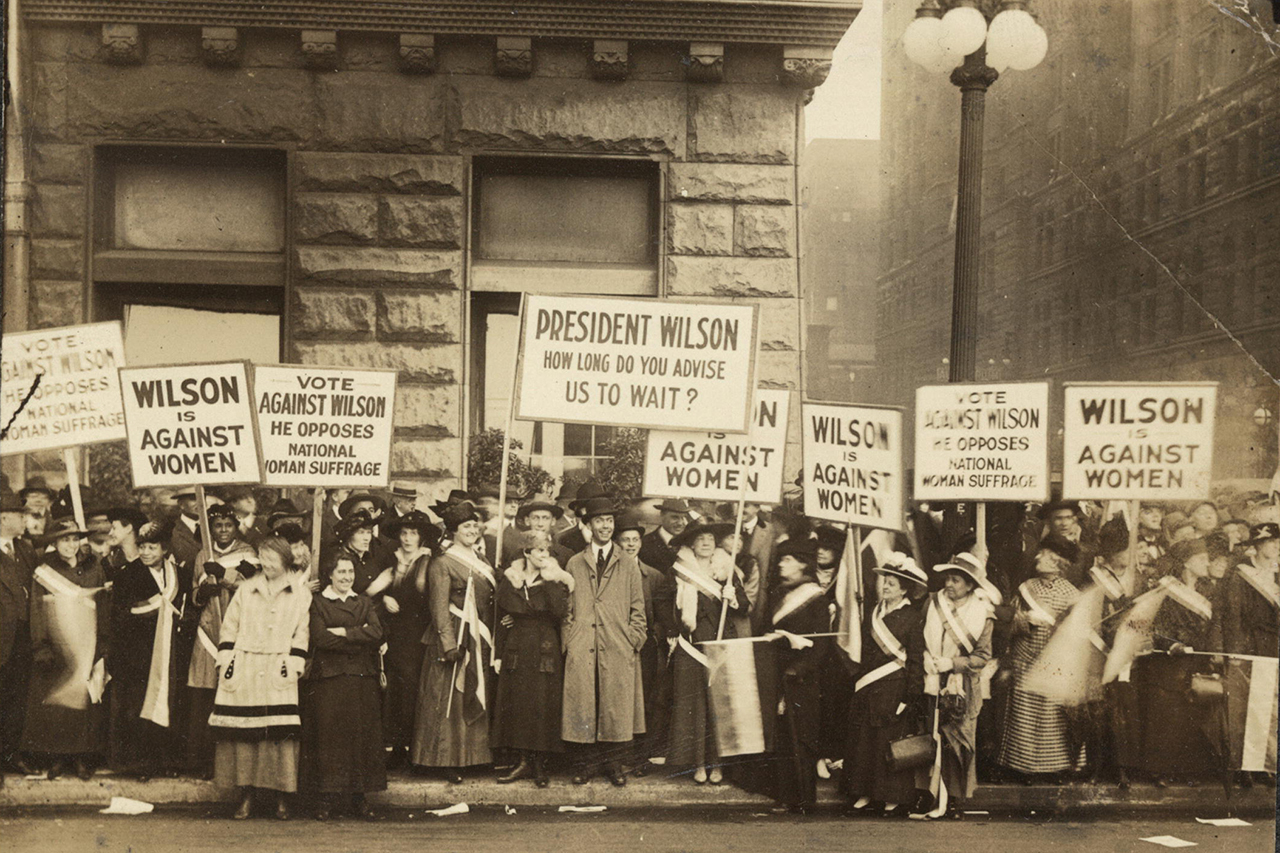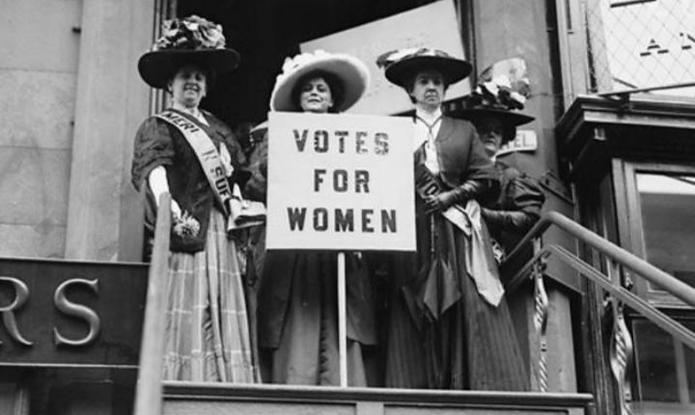The 19th Amendment Ratified

The ratification of the 19th Amendment was the single largest expansion of voting rights in American history.
What Happened?
The road to the 19th Amendment was long and winding. From the Seneca Falls Convention of 1848 to suffragists like Elizabeth Cady Stanton, Susan B. Anthony, Sojourner Truth, and Ida B. Wells, generations of activists fought to secure women the right to vote. For decades, Western states and territories had led the way, granting partial or full suffrage to women long before the nation as a whole caught up.
The breakthrough came on August 18, 1920, when Tennessee became the 36th state to ratify the amendment, providing the decisive margin needed for adoption. Its text was simple but transformative: 'The right of citizens of the United States to vote shall not be denied or abridged ... on account of sex.'
The amendment delivered a seismic shift in American democracy, but its promise was not equally shared. While many white women immediately gained access to the polls, Black women in the South were blocked by Jim Crow laws—poll taxes, literacy tests, and intimidation that silenced their voices. Native American women, barred from citizenship until 1924, remained excluded. Asian American women were denied citizenship until 1952. Latina women faced discriminatory literacy tests and 'white primaries.'
It would take the Voting Rights Act of 1965, and later its 1975 extension requiring bilingual election materials, to make the 19th Amendment’s promise a reality for most women of color. Even then, voter suppression tactics evolved, and barriers to equal participation remain.
The story of the 19th Amendment is not only about victory but also about unfinished work. The suffragists opened the door to a more inclusive democracy. Ensuring that door remains open—to all—has been the challenge ever since.
Why It Matters
The 19th Amendment was a milestone in American democracy, codifying women’s right to vote. But it also exposed how race, citizenship, and systemic discrimination shaped access to the ballot. Its legacy is both a triumph and a reminder that voting rights must be defended, expanded, and made real for everyone.
?
Why was Tennessee’s ratification so pivotal to the 19th Amendment’s adoption?
How were women’s suffrage and the abolitionist movement connected in the 19th century?
Why did women of color face barriers to voting even after the 19th Amendment was ratified?
How did the Voting Rights Act of 1965 change access to the ballot for women of color?
What challenges to voting rights persist in the U.S. today?
Dig Deeper
In 1920, women in the U.S. gained the right to vote—but only after a struggle that lasted more than 70 years. Learn how suffragists fought for the 19th Amendment.
PBS looks back on the long road to ratification for the 19th Amendment, from Seneca Falls to Tennessee—and the ways suffragists shaped their own legacy.
Related

The War on Terror: A New Era of U.S. Power
After the September 11th attacks, the United States didn't just declare war on terrorism—it redefined national security, global alliances, and the limits of civil liberties.

Life and Society in the Colonial Carolinas
Explore the rise of plantation agriculture, slavery, class divisions, and the shaping of daily life in the colonial South—particularly in North Carolina and South Carolina.

The American Civil War – A Nation Torn Apart
From Fort Sumter to Appomattox, the Civil War was the deadliest conflict in U.S. history, fought over the nation's most profound moral and political divisions.
Further Reading
Stay curious!
